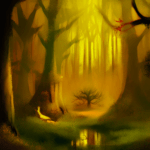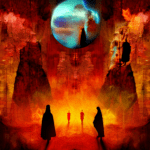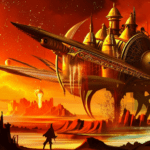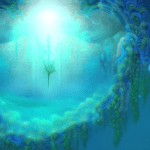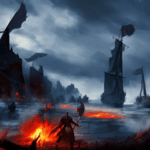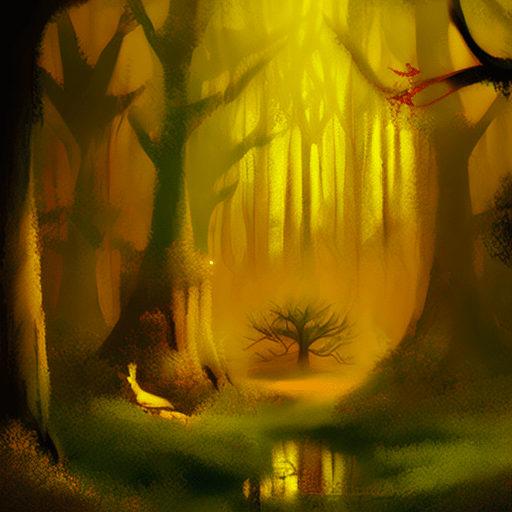One-line summary:
Point Counter Point is a satirical novel by Aldous Huxley that explores the lives and relationships of a diverse group of characters, delving into themes of art, science, religion, and the complexities of human nature.
Introduction:
Point Counter Point, written by Aldous Huxley and published in 1928, is a satirical novel that offers a multifaceted exploration of the lives and relationships of a diverse group of characters. Set in England during the 1920s, the book delves into themes of art, science, religion, and the complexities of human nature. Through its intricate web of interconnected stories, Huxley presents a critique of society and offers a thought-provoking examination of the human condition.
The Characters and Their Interactions:
Point Counter Point features a wide range of characters from various social backgrounds, professions, and belief systems. The novel primarily revolves around the lives of two families: the Bidlake family, led by the eccentric scientist Philip Quarles, and the Rampion family, headed by the renowned composer Walter Bidlake. Through their interactions and relationships, Huxley explores the clash of ideas and values that arise from their differing perspectives.
The novel also introduces a host of other characters, including the cynical journalist Mark Rampion, the disillusioned artist Lucy Tantamount, the spiritual seeker Priscilla Wimbush, and the hedonistic musician Everard Webley. Each character represents a distinct viewpoint and contributes to the complex tapestry of the narrative.
The Exploration of Themes:
Point Counter Point delves into a wide array of themes, offering a deep exploration of the human experience. Huxley examines the tension between art and science, contrasting the rationality and objectivity of science with the subjectivity and emotionalism of art. Through the characters of Philip Quarles and Walter Bidlake, Huxley presents two opposing approaches to understanding the world, highlighting the limitations and potential dangers of each.
Religion and spirituality also play a significant role in the novel. Huxley explores the quest for meaning and the search for higher truths through the character of Priscilla Wimbush, who embarks on a spiritual journey to find solace and purpose. The clash between religious beliefs and scientific skepticism is a recurring theme, reflecting the broader societal debates of the time.
Furthermore, Point Counter Point delves into the complexities of human relationships and the pursuit of pleasure. Huxley explores the themes of love, sex, and desire through the characters’ interactions, often depicting the destructive consequences of unfulfilled desires and the pursuit of hedonistic pleasures.
Key Takeaways:
- The clash between art and science: Huxley presents contrasting viewpoints on the role of art and science in understanding the world, highlighting the limitations and potential dangers of each.
- The search for meaning: The novel explores the human quest for higher truths and the pursuit of purpose, often through religious and spiritual avenues.
- The complexities of human relationships: Huxley delves into the intricacies of love, desire, and the pursuit of pleasure, depicting the destructive consequences that can arise from unfulfilled desires.
“Experience is not what happens to a man; it is what a man does with what happens to him.”
– Aldous Huxley, Point Counter Point
In Point Counter Point, Aldous Huxley presents a satirical and thought-provoking exploration of art, science, religion, and the complexities of human nature. Through its diverse cast of characters and their interactions, the novel offers a critique of society and invites readers to reflect on the clash of ideas and values that shape our lives. Ultimately, Huxley’s work reminds us of the importance of self-reflection and the choices we make in navigating the complexities of the human experience.
